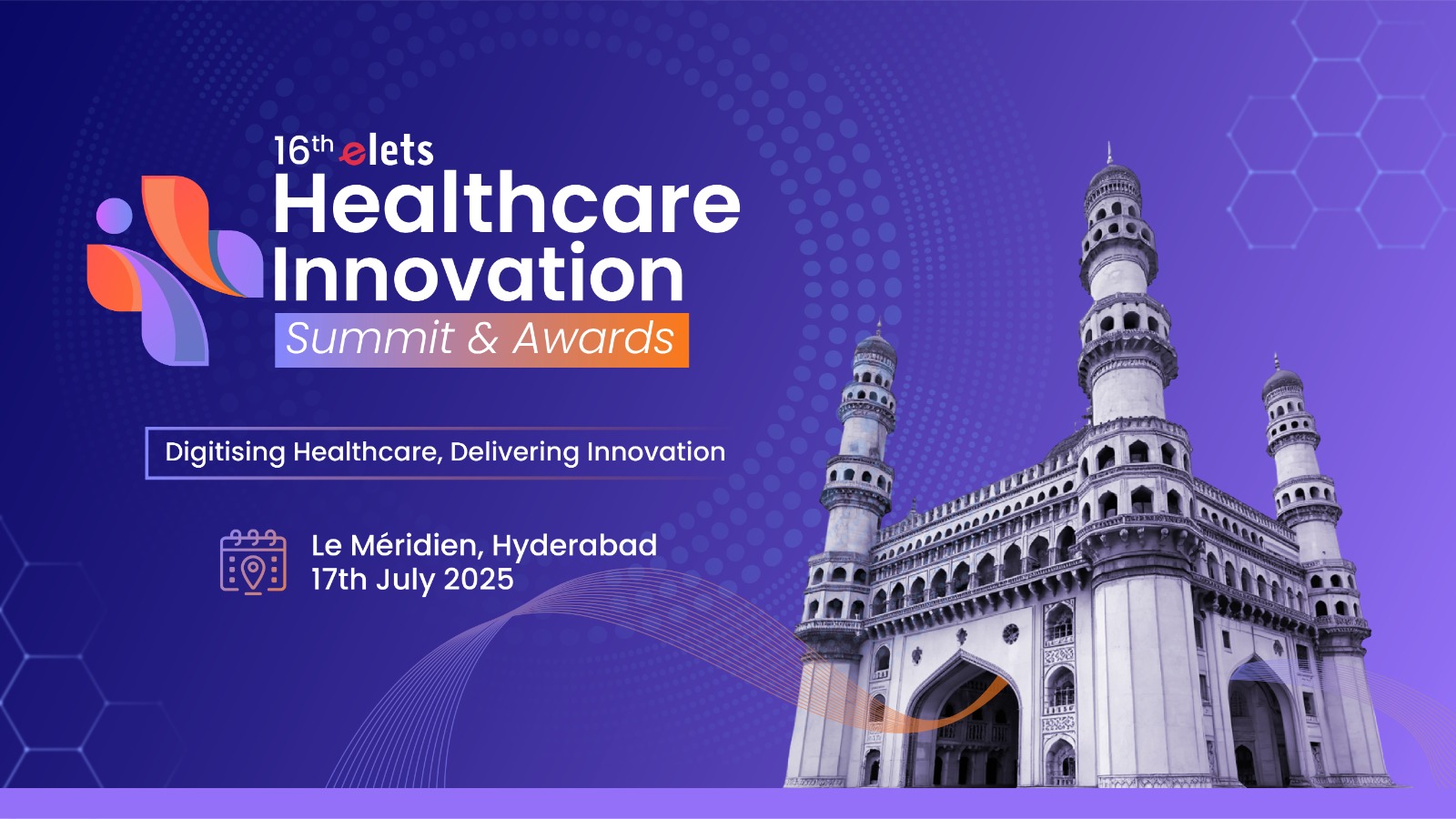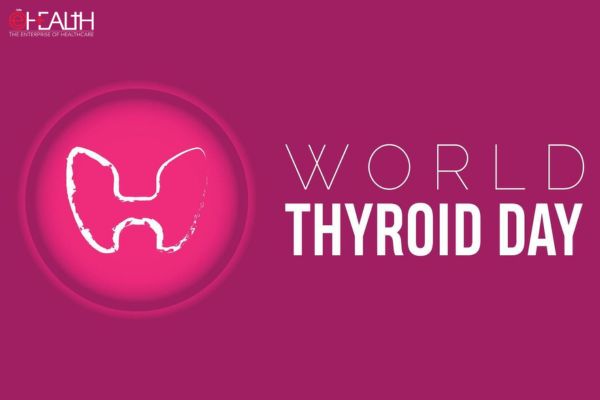
India’s healthcare landscape is undergoing a transformational phase, marked by technological advancements, improved health indicators, and strengthened public health initiatives. The Government of India, through programs like the National Health Mission (NHM) and Ayushman Bharat Digital Mission (ABDM), has set the stage for a more accessible, efficient, and inclusive healthcare system. These developments present a massive opportunity for healthcare giants to collaborate, innovate, and expand their footprint in one of the world’s fastest-growing healthcare markets.
Key Developments Driving India’s Healthcare Transformation
1. Improved Maternal and Child Health Indicators
India has made remarkable progress in maternal and child health outcomes. The Maternal Mortality Ratio (MMR) reduced from 103 per 100,000 live births in 2017-2019 to 97 per 100,000 in 2018-2020, surpassing the National Health Policy target of 100 by 2020. Similarly, the Infant Mortality Rate (IMR) dropped from 32 per 1,000 live births in 2018 to 28 per 1,000 in 2020.

These improvements are a testament to the success of initiatives like Mission Indradhanush, which has provided vaccines to over 5.46 crore children and 1.32 crore pregnant women in areas with low immunization coverage. With a Total Fertility Rate (TFR) now at 2.0 (as per NFHS-5), India is ahead of its 2025 target of 2.1, reflecting the impact of comprehensive reproductive health programs.

2. Robust Digital Health Ecosystem
The Ayushman Bharat Digital Mission (ABDM) has made significant strides in building a digital health ecosystem. As of December 2024:

- 71.16 crore Ayushman Bharat Health Accounts (ABHA) have been created.
- Over 3.54 lakh health facilities and 5.37 lakh healthcare professionals are now registered under ABDM.
- 45.99 crore health records have been linked with ABHA, enabling the creation of longitudinal electronic health records for citizens.
ABDM integrates with key government initiatives like PM-JAY and RCH, offering seamless digital healthcare services. The potential for private healthcare providers to adopt and innovate within this ecosystem is immense, presenting opportunities for digital health solutions, telemedicine platforms, and AI-powered patient management tools.

3. Strengthened Healthcare Delivery
Under NHM, programs like National Ambulance Services, Mobile Medical Units, and the Prime Minister’s National Dialysis Programme have enhanced healthcare delivery across rural and urban areas. Additionally, initiatives like Anemia Mukt Bharat, the Universal Immunization Programme, and the Pradhan Mantri TB Mukt Bharat Abhiyaan have contributed to improving health outcomes.
4. Financial Protection Through PM-JAY
The Pradhan Mantri Jan Arogya Yojana (PM-JAY) continues to be a cornerstone of India’s healthcare policy, providing financial protection up to Rs. 5 lakh per family annually. With 36.16 crore Ayushman Cards issued, including 29.87 crore in rural areas, the program opens opportunities for private players to offer specialized care and innovative insurance models.
Opportunities for Healthcare Giants
1. Digital Health Innovations
The rapid adoption of ABDM offers a fertile ground for tech-driven healthcare solutions. Companies can leverage the extensive digital infrastructure to offer AI-based diagnostics, telemedicine platforms, and integrated health monitoring systems. Solutions that align with ABDM’s vision of interoperability and patient-centric care will find wide acceptance.
2. Expanding Vaccination and Preventive Care
With Mission Indradhanush focusing on expanding immunization coverage, healthcare giants can collaborate on vaccine R&D, supply chain optimization, and cold chain solutions. Opportunities exist to develop innovative delivery mechanisms, such as microneedle patches or smart vaccine monitoring tools.
3. Advanced Healthcare Facilities and Equipment
The increasing registration of health facilities under ABDM signals a growing demand for advanced medical equipment, diagnostic tools, and hospital management systems. Companies specializing in high-end medical technology can partner with both public and private entities to upgrade infrastructure.
4. AI and Big Data in Healthcare
With over 45.99 crore health records linked to ABHA, there is immense scope for leveraging big data and AI to offer predictive analytics, personalized medicine, and population health management. This can help in better decision-making, resource allocation, and improving patient outcomes.
5. Collaborating with Public Health Programs
Programs like PM-JAY and Anemia Mukt Bharat offer avenues for public-private partnerships. Healthcare giants can contribute by offering specialized services, innovative financing models, and training programs to support public health workers like ASHAs and frontline staff.
Also Read: Mission Population Control
The Path Forward
India’s healthcare revolution provides a unique opportunity for industry leaders to align their strategies with the government’s vision of accessible and affordable healthcare. By investing in innovation, expanding their presence in underserved areas, and collaborating with public health initiatives, healthcare giants can play a pivotal role in shaping the future of India’s healthcare ecosystem.
As the nation moves towards universal health coverage, the time is ripe for healthcare giants to seize the moment and make a lasting impact on the world’s second-most populous country.
Be a part of Elets Collaborative Initiatives. Join Us for Upcoming Events and explore business opportunities. Like us on Facebook , connect with us on LinkedIn and follow us on Twitter , Instagram.
"Exciting news! Elets technomedia is now on WhatsApp Channels Subscribe today by clicking the link and stay updated with the latest insights!" Click here!











